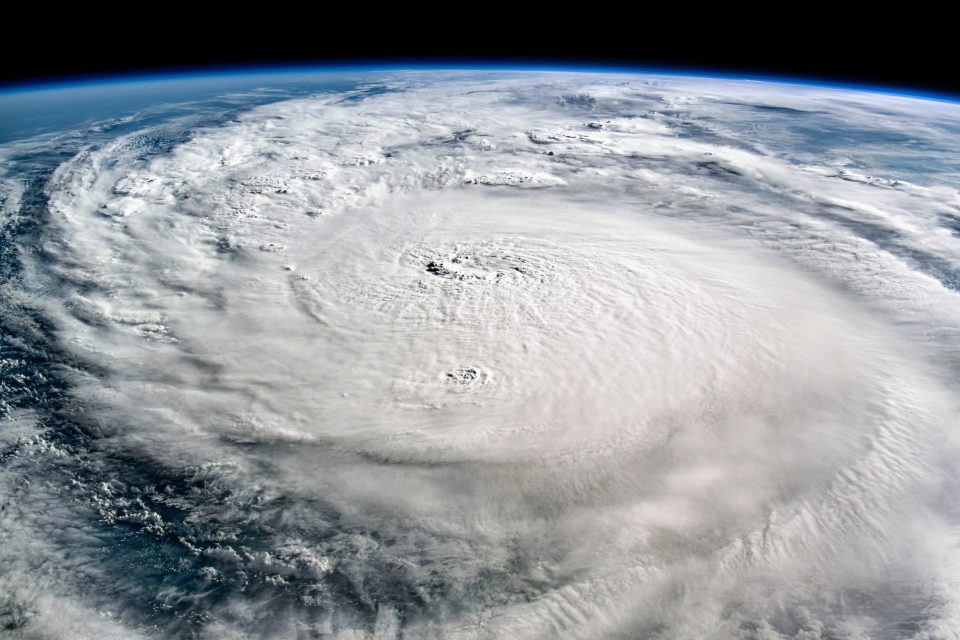
Today’s Image of the Day from NASA Earth Observatory features Hurricane Milton, which made landfall on Florida’s west coast near Siesta Key on the evening of October 9, 2024.
Hurricane Milton arrived just two weeks after Hurricane Helene caused devastation across the Southeast.
Hurricane Milton raced across Florida
According to the National Hurricane Center, the category 3 storm lashed the region with heavy rainfall, damaging winds, and life-threatening storm surge. In St. Petersburg, the hurricane dropped more than 18 inches of rain in a 24-hour period.
“The storm maintained hurricane-strength intensity and fast, forward speed while crossing Florida, emerging over the western Atlantic as a Category 1 storm with sustained winds of 85 miles (140 kilometers) per hour on October 10,” noted NASA.
Destruction of Hurricane Milton
In the aftermath of the hurricane, hundreds of people and dozens of animals have been rescued from floodwaters.
CNN reported that as of Thursday night, first responders had rescued around 1,000 people and rescues were still underway.
At least 16 people were killed, and many of the fatalities were due to tornadoes spawned by the storm, which caused significant destruction.
Around 125 homes, including mobile homes in vulnerable communities, were completely destroyed before the storm even made landfall.
In several areas, such as Siesta Key, roofs were torn off buildings, homes were flooded, and neighborhoods were inundated by storm surge.
The storm also knocked out power to more than three million customers. The largest number of outages were in Hardee, Sarasota, and Manatee counties.
Hurricane Milton and climate change
Milton peaked as a Category 5 hurricane in the Gulf of Mexico with sustained winds of 180 miles per hour.
The rapid intensification of Milton, which saw its pressure drop drastically in a short period, is consistent with the increasing frequency of intense hurricanes driven by warmer oceans and altered atmospheric patterns.
Researchers at World Weather Attribution researchers said that without climate change, a hurricane like Milton would have made landfall as a weaker Category 2 storm.
Hurricanes in a warming climate
According to the study, human-caused climate change intensified Hurricane Milton’s rainfall by 20 to 30 percent and strengthened its winds by about 10 percent.
“There is also growing evidence that hurricanes are now intensifying more rapidly, becoming more intense, and will continue to do so with further warming,” the researchers noted.
Increased hurricane intensity
Warmer ocean temperatures fuel hurricanes, giving them more energy and leading to more intense storms. Studies show that there has been an increase in the frequency of Category 4 and 5 hurricanes, the most powerful types of storms.
Heavier rainfall
Warmer air holds more moisture, meaning hurricanes are producing more intense rainfall. This can lead to greater flooding, which has become a more prominent feature of recent hurricanes.
Slower-moving storms
Some research suggests that climate change may be slowing down the forward motion of hurricanes, meaning they linger longer over affected areas. This results in prolonged rainfall and more damage to regions impacted by storm surges and wind.
Higher storm surges
Rising sea levels due to climate change increase the height of storm surges, which are often the most dangerous and deadly part of a hurricane. Higher surges cause more flooding in coastal areas, even when the storm itself isn’t at peak intensity.
Broader geographic impact
Climate change is pushing hurricanes into new areas that historically haven’t experienced as many storms, such as parts of the U.S. Northeast and Europe.
While climate change doesn’t necessarily increase the number of hurricanes overall, it tends to make them more intense, causing greater damage and increasing risks to life and property.
The image was captured on the morning of October 8, 2024 by an astronaut aboard the International Space Station.
Image Credit: NASA Earth Observatory
—–
Like what you read? Subscribe to our newsletter for engaging articles, exclusive content, and the latest updates.
Check us out on EarthSnap, a free app brought to you by Eric Ralls and Earth.com.
—–






















